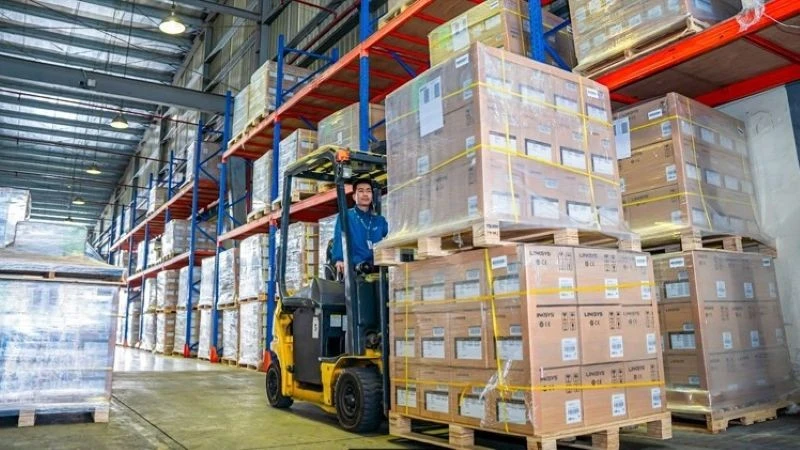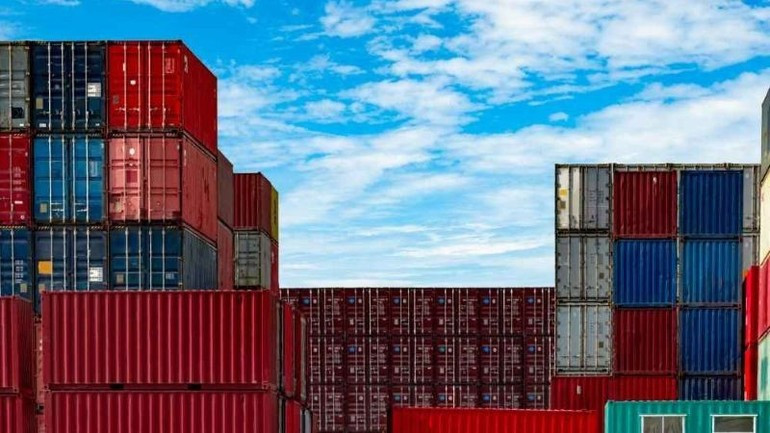Viet Nam emerges as a stable and potential destination
The pace of growth in global prime warehouse rents is slowing, reflecting shifts in supply and demand across different regions. Yet amid this broader picture of moderation, Viet Nam stands out with competitive pricing and a strong trend of long-term investment from both domestic and international tenants.

The first half of 2025 has seen a notable adjustment in the global warehouse market. While logistics centres such as London, Sydney and Dubai continue to record high operating costs and slowing rental growth, markets in parts of Asia-Pacific, including Viet Nam, have maintained steady development, performing better than expected.
A global report by Savills, the London-listed real estate group, revealed that prime warehouse rents worldwide rose by just 1.1% in the first six months of this year - the lowest rate in three years. By contrast, the 2020–2022 period witnessed sharp increases, fuelled by the boom in e-commerce during the pandemic.
However, economic headwinds and geopolitical tensions have since curbed growth. This trend reflects a combination of surging new supply and cautious tenant sentiment, at a time when operating costs, interest rates and global uncertainties are placing pressure on supply chains.
Within this more subdued global picture, Viet Nam has distinguished itself with a balance between supply and demand, competitive rents, and long-term investment commitments from both domestic and foreign tenants.

Specifically, Viet Nam has avoided the steep rent hikes seen elsewhere thanks to a steady pipeline of new supply and the cost-conscious approach of tenants. According to Savills’ global report, premium warehouse rents in Ho Chi Minh City average around 5.3 USD per square metre per month, while in Ha Noi the figure stands at 5.5 USD per square metre per month.
Beyond supply, land and construction costs in Viet Nam remain significantly lower than in more mature logistics markets such as Japan, the Republic of Korea and Singapore. Government policies promoting infrastructure and logistics investment have also played a vital role in keeping operating costs manageable, while building a supportive ecosystem for production and distribution.
Viet Nam’s strategic location, access to vast markets and political stability have made it an increasingly important part of many international companies’ supply chain restructuring strategies.
The country itself is making rapid strides in logistics infrastructure. From expanding the North–South expressway and upgrading ports such as Cai Mep–Thi Vai and Hai Phong, to developing major air logistics hubs like Long Thanh and Noi Bai, Viet Nam is strengthening the critical links in its logistics chain.

Not only do indicators show market stability, tenant behaviour is also shifting. International logistics firms, especially those in e-commerce and global supply, are pursuing strategies that combine cost optimisation with greater resilience to market volatility.
To sustain its competitive edge and rise further in the regional supply chain, Viet Nam will need to focus on several key priorities: strengthening multimodal integration (rail–port–airport–expressway), modernising customs and warehouse licensing procedures, developing comprehensive digital platforms for logistics, advancing green logistics, and training a workforce skilled in technology and automation.
With its combination of natural advantages and well-directed development strategies, Viet Nam is transforming itself from a “competitive rental market” into a sustainable and integrated logistics hub of regional significance.








